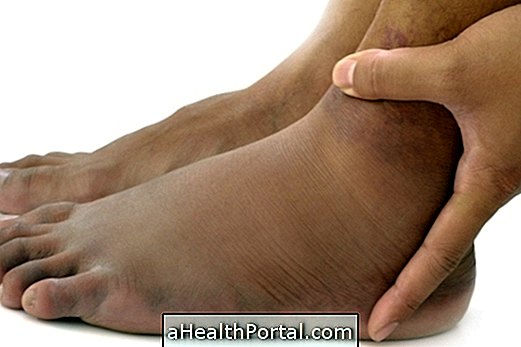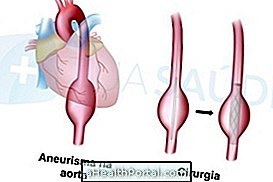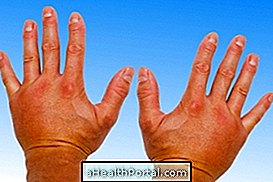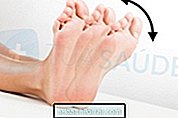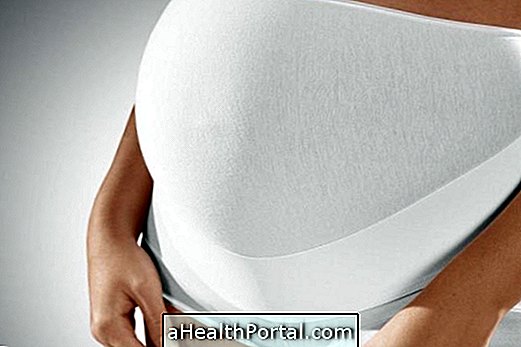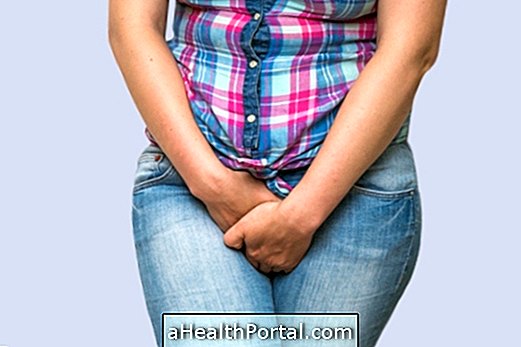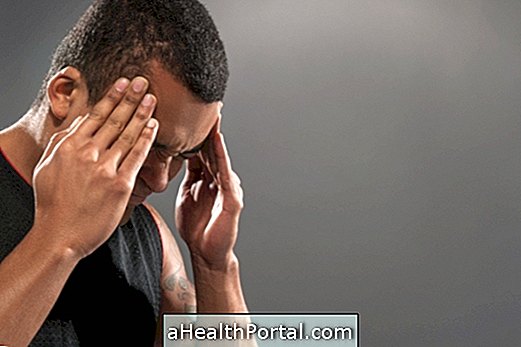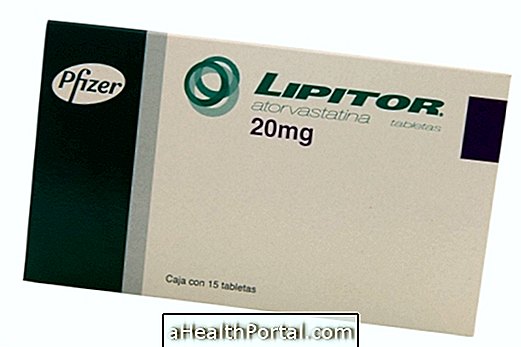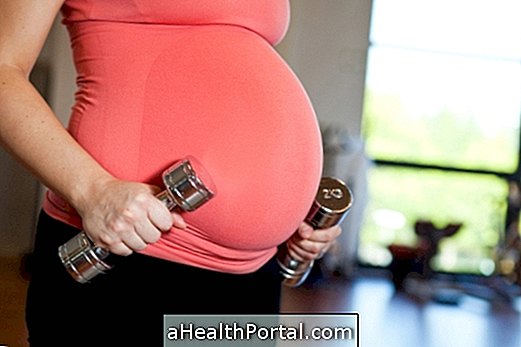The normal blood pressure is 120 x 80 mmHg and can be measured manually with a sphygmomanometer and stethoscope or through digital pressure-measuring devices that can be used on the arm or wrist and are purchased at pharmacies or supermarkets.
However, blood pressure should not be measured with your fingers or wrist watch, as they only help to measure heart rate, which is the number of heart beats. If you want to evaluate this parameter, read: Heart rate.
Watch in this video the necessary steps to measure the pressure correctly:
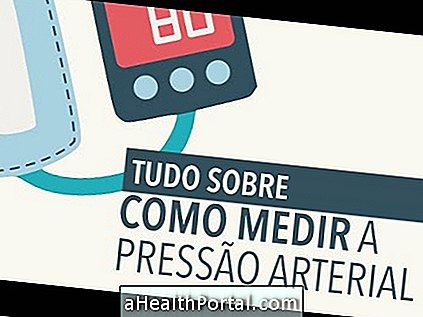
Tips for measuring pressure correctly
Blood pressure should ideally be measured:
- In the morning and on the fast, before taking any medicine;
- After urinating and resting for 5 minutes;
- You should be seated and use the left or right arm;
To properly measure blood pressure it is very important not to drink coffee, alcohol or smoking 30 minutes before, as well as, to maintain normal breathing, not crossing your legs and avoid talking during the measurement.
Also, it is important that the cuff is fit for the arm, not being too broad or tight, the arm being supported and staying at the level of the heart. In the case of obese people, the alternative for the measurement of pressure is by placing the cuff on the forearm.
Some devices also can measure blood pressure in the fingers, however they are not reliable and therefore should not be used frequently because the blood pressure at the extremities is different from the pressure in the rest of the body. In addition, measurement of blood pressure in the thigh or calf is only recommended when the person has some contraindication in the upper limbs.
How to measure pressure with digital apparatus

To measure blood pressure with a digital apparatus, the arm cuff should be placed 2 to 3 cm above the arm cuff, tightening it so that the cuff wire is over the arm, as shown in the image. Then with your elbow resting on the table and your palm facing up, turn the power on and wait until the blood pressure is read.
There are digital devices with a pump, so in these cases, to fill the cuff, the pump must be tightened to 180 mmHg, waiting for the device to read the blood pressure. If the arm is too thick or too thin, it may be necessary to use a larger or smaller clamp.
How to measure pressure with sphygmomanometer

To measure blood pressure manually with a sphygmomanometer and stethoscope, one should:
- Try to feel the pulse in the fold of the left arm, placing the head of the stethoscope in that place;
- Place the appliance clamp 2 to 3 cm above the fold of the same arm, tightening it so that the clamp wire lies over the arm;
- Close the pump valve and stethoscope in the ears, fill the cuff up to 180 mmHg or until you no longer hear sounds in the stethoscope;
- Open the valve slowly, while looking at the pressure gauge. At the moment the first sound is heard, the pressure indicated on the pressure gauge must be recorded, as it is the first value of blood pressure;
- Continue to empty the cuff until you no longer hear sound. When you stop listening to sounds, you must record the pressure indicated on the manometer, since it is the second value of the blood pressure;
- Join the first value with the second to get the blood pressure. For example, when the first value is 130 mmHg and the second value is 70 mmHg, the blood pressure is 13 x 7.
Measuring blood pressure with sphygmomanometer is not simple and therefore this measurement should be done by a nurse or doctor.
How to measure pulse pressure

To measure blood pressure alone by the wrist, place the device on the left wrist with the monitor turned inward, as shown in the picture, resting the elbow on the table with your palm facing up and waiting for the reading of blood pressure. It is important that the wrist is positioned at the level of the heart so that the result is more reliable.
This appliance should not be used in all cases, as in the case of atherosclerosis. Therefore, before buying a device consult a pharmacist or a nurse.
When to measure the pressure
The pressure must be measured:
- In hypertensive patients: at least once a week;
- In healthy people: once a year, because high blood pressure does not always produce symptoms;
- When there are symptoms such as dizziness, headache or vision, for example.
In some cases, the nurse or doctor indicates a more regular medication, and it is important for the patient to always record the pressure so that the health professional can compare the values. Read more: When to measure blood pressure.
Where to measure pressure
Blood pressure can be measured at home, at pharmacies or at the emergency room, and at home you should choose to measure your blood pressure with a digital device instead of manually measuring it, because it is easier and faster.

